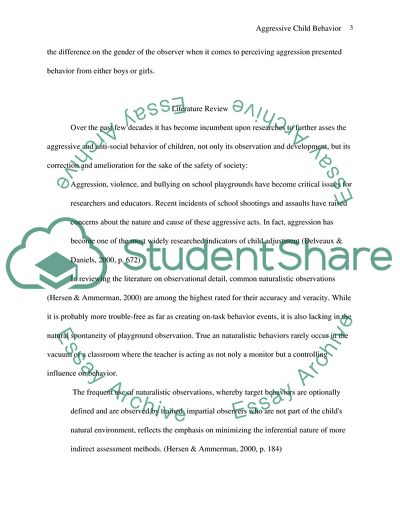Cite this document
(Aggressive Child Behavior in Playgrounds Literature review, n.d.)
Aggressive Child Behavior in Playgrounds Literature review. https://studentshare.org/psychology/1719941-aggressive-child-behavior-in-playgrounds
Aggressive Child Behavior in Playgrounds Literature review. https://studentshare.org/psychology/1719941-aggressive-child-behavior-in-playgrounds
(Aggressive Child Behavior in Playgrounds Literature Review)
Aggressive Child Behavior in Playgrounds Literature Review. https://studentshare.org/psychology/1719941-aggressive-child-behavior-in-playgrounds.
Aggressive Child Behavior in Playgrounds Literature Review. https://studentshare.org/psychology/1719941-aggressive-child-behavior-in-playgrounds.
“Aggressive Child Behavior in Playgrounds Literature Review”. https://studentshare.org/psychology/1719941-aggressive-child-behavior-in-playgrounds.


